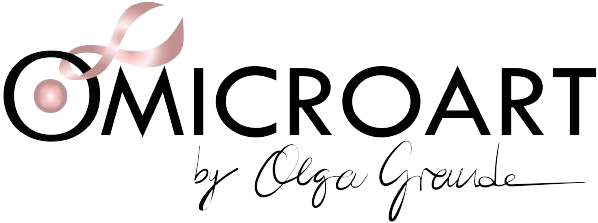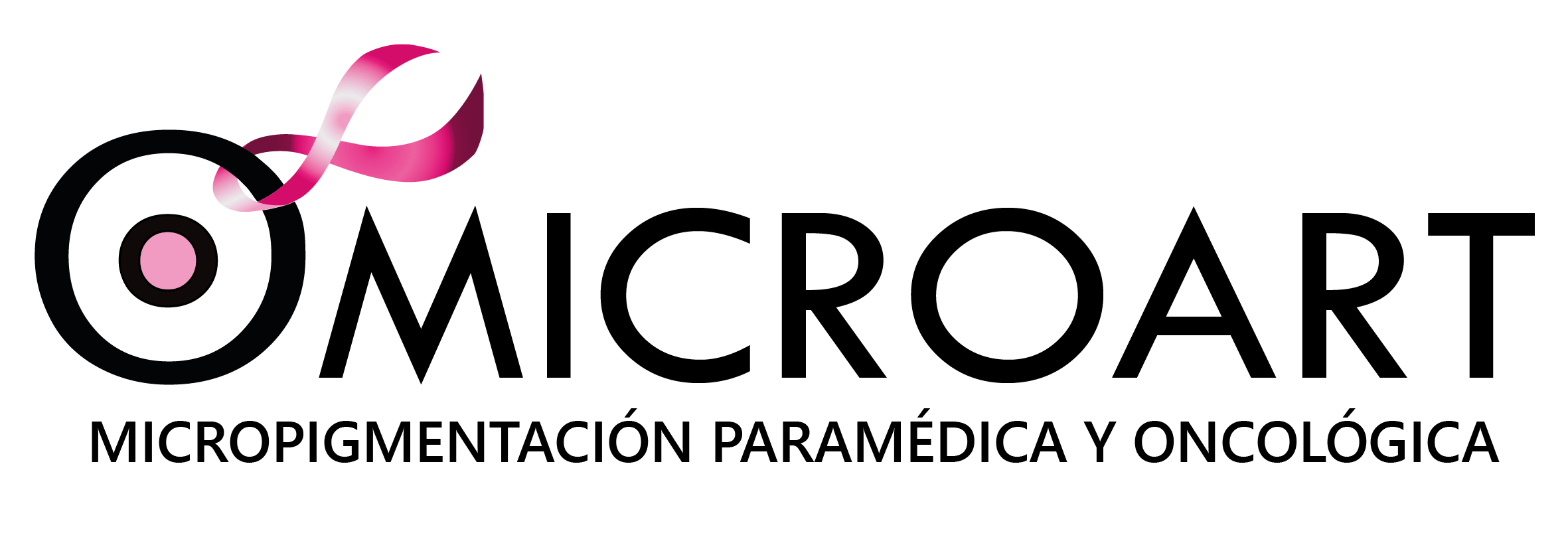
How long does a micropigmentation treatment require?
For an eyebrow, lip or eyeliner treatment, the treatment time is approximately 90-120 minutes. The first 30 minutes are for deciding the design and colour, and the following 30 minutes for the complete treatment. In cases of scars it will depend on the type, size and extent. We can say that it will be a minimum of 40-60 min. In the case of optical reconstruction of the nipple-areola complex or “nipple-areola tattooing” it will depend on whether it is one or both areolas to be micropigmented, and on the realism of the drawing. Approximately 1 h 15 min per areola.
For how long are the results of the micropigmentation treatment preserved?
The pigment is gradually and evenly eliminated by the body over the years, although it will never disappear in its entirety. The intensity and saturation of the colour will simply be lost. Depending on scarring, skin quality and genetics, it can last between 1 and 4 years, so it is recommended to repeat the procedure in order to maintain the quality of the results.
Does a micropigmentation treatment hurt?
No. The type of device we use contains nano needles that are even finer than those used to administer insulin, and the depth of the pigment insertion is minimal – some patients have even fallen asleep during the procedure.
Only in cases of hypersensitive patients, a local topical anaesthetic formulated by a medical specialist is applied before and during the procedure.
How long does a micropigmentation treatment take to heal?
The total repair of the dermis will not be completed for 21 days. In mature skins it can take 30-40 days.
Is it normal for a micropigmentation treatment to become darker?
Although it may not look like it at first glance, during the procedure an abrasion is made on the skin, i.e. a wound is produced. You must be patient and take care of the wound as such, even if your perception is that you have made-up eyes, perfect eyebrows or painted lips. Aftercare in the right way will ensure the durability of the results.
As with any wound, there are several phases during the healing process: the initial inflammation, oozing and redness are part of the physiological process of natural skin regeneration, up to the phase of proliferation forming “micro scabs”, a phase during which itching usually occurs. This is normal and means it is healing well.
These “micro scabs” obviously, as with any wound, create a darker colour, especially during the first week. Once they begin to fall off, we will observe differences in tone, with the areas with crust darker and the areas where it has fallen off lighter. The final result with a uniform and definitive shade of colour will not be visible until complete healing has taken place, i.e. after 10 to 20 days.
It is important to keep the area clean, avoid infection, do not rub, scratch or remove the scabs, so as not to reopen the wound, as we may lose part of the pigment and we would have to repeat the treatment.
What colour will I get once it has healed?
After the first session, depending on the skin phototype and post-treatment care during the healing process, the resulting colour can vary not only in tone but also in intensity, and can be between 60 and 80% lower. In the case of oily skin, even 100% of the treatment can be lost. For this reason, we always schedule a follow-up one month after the treatment.
The durability of an optimal result can vary between 1 and 5 years, depending on the area of application, genetics, age and the phototype and quality of the skin, as well as the care given once the treatment has been completed.
If the quality of the results is to be maintained, it is advisable to carry out maintenance reviews from time to time.
What are the differences between a tattoo and a micropigmentation treatment?
Although the purpose of both micropigmentation and tattooing are the same, they differ in the technique and equipment, as well as in the type of ink used. The tattoo technique works at a deeper level, while the pigments of micropigmentation are inserted into a more superficial layer of the skin.
The composition of tattoo inks is different from micropigmentation pigments. The difference lies in the size of the pigment molecules and the mixing agents used during the manufacturing process. The colours used in tattooing are more vibrant and less natural than those used in micropigmentation treatments, which, on the other hand, are hypoallergenic and have fewer allergic reactions and unwanted adverse effects on the skin.
The duration of the tattoo is more permanent and micropigmentation is semi-permanent, not only due to the type of ink used but also, as mentioned above, the depth at which it works.
In terms of equipment, the device used for tattooing is more aggressive. However, the device used in micropigmentation treatments, called a dermograph, is more precise, vibrates less and causes less trauma to the skin.
How is a micropigmentation treatment removed?
The treatment is reversible by laser. The number of sessions to be carried out will depend on the depth and the pigment used. Fortunately, unlike conventional tattooing, and due to the fact that micropigmentation works at a more superficial level, its removal is quicker and more effective. Between 1 and 2 sessions are needed for proper removal and for the next treatment to be carried out. Laser removal treatment is painless and leaves no marks of any kind. For more information, you can consult our blog article “Micropigmentation can be reversed by laser”.
What are the differences between Microblading and Micropigmentation, and which one should I choose?
Two different techniques for a similar result. Here we explain the main differences and which one to choose:
- MICROBLADING: Its origin comes from a traditional Japanese technique called Tebori and means “tattooing by hand”. Microblading can only be performed in the treatment of eyebrows using a plastic or metal pen similar to a scalpel (“micro” small, “blading” blades), with which small incisions are made in the skin to design the fine lines that mimic the shape of the hair or to perform a shading.
It is important to note that the microblading technique performed by unqualified personnel could cause pain and bleeding, forming lesions or keloids on the skin.
Another important aspect to bear in mind is that microblading is not recommended for mature, sensitive, thin, delicate or atopic skin.
It is more aggressive, more painful, less safe and provides less durability in the results, between 1 and 12 months.
- MICROPIGMENTATION: This is performed with a digital device called a dermograph that uses nano-needles to insert the pigment, which can regulate the speed and depth of the needle’s work. It has a variety of nanoneedles through which the pigment is inserted into the skin.
It is less aggressive, less painful, more precise, safer and provides longer lasting results, between 1 and 4 years.
At Omicroart we are committed to micropigmentation as the treatment of choice, as it is one of the safest, most precise and versatile techniques available today.
Micropigmentation not only allows its application in the recreation of hair by hair with different densities and shading in eyebrows (as can only be done by microblading), but also by reproducing lights, shadows and volumes, being micropigmentation is the treatment of choice for the reconstruction of areolas, eyeliner treatment, defining and harmonising the colour of your lips, as well as camouflaging scars.
The results of a good microblading or micropigmentation job depend on the qualities and aptitudes of the professional who performs it, the type of skin and the post-treatment care.
Conoce más detalles en nuestro artículo “Diferencias entre microblading y micropigmentación para cejas”
After surgery, how long does one have to wait before being able to undergo micropigmentation treatment?
It will depend on the healing process of each patient, ranging from 3 to 6 months after the operation.
Can I have Micropigmentation treatment during radiotherapy, chemotherapy or laser treatment?
No, you will have to wait up to one month after the last session.
When is the best month to carry out a micropigmentation treatment?
It can be done at any time of the year, although August is the least appropriate month, as it is necessary to avoid exposure to the sun and direct contact with water, excessive sweating and humid areas.
Request a consultation without any commitment if you need more information or advice about our micropigmentation treatments and camouflage your scars.





